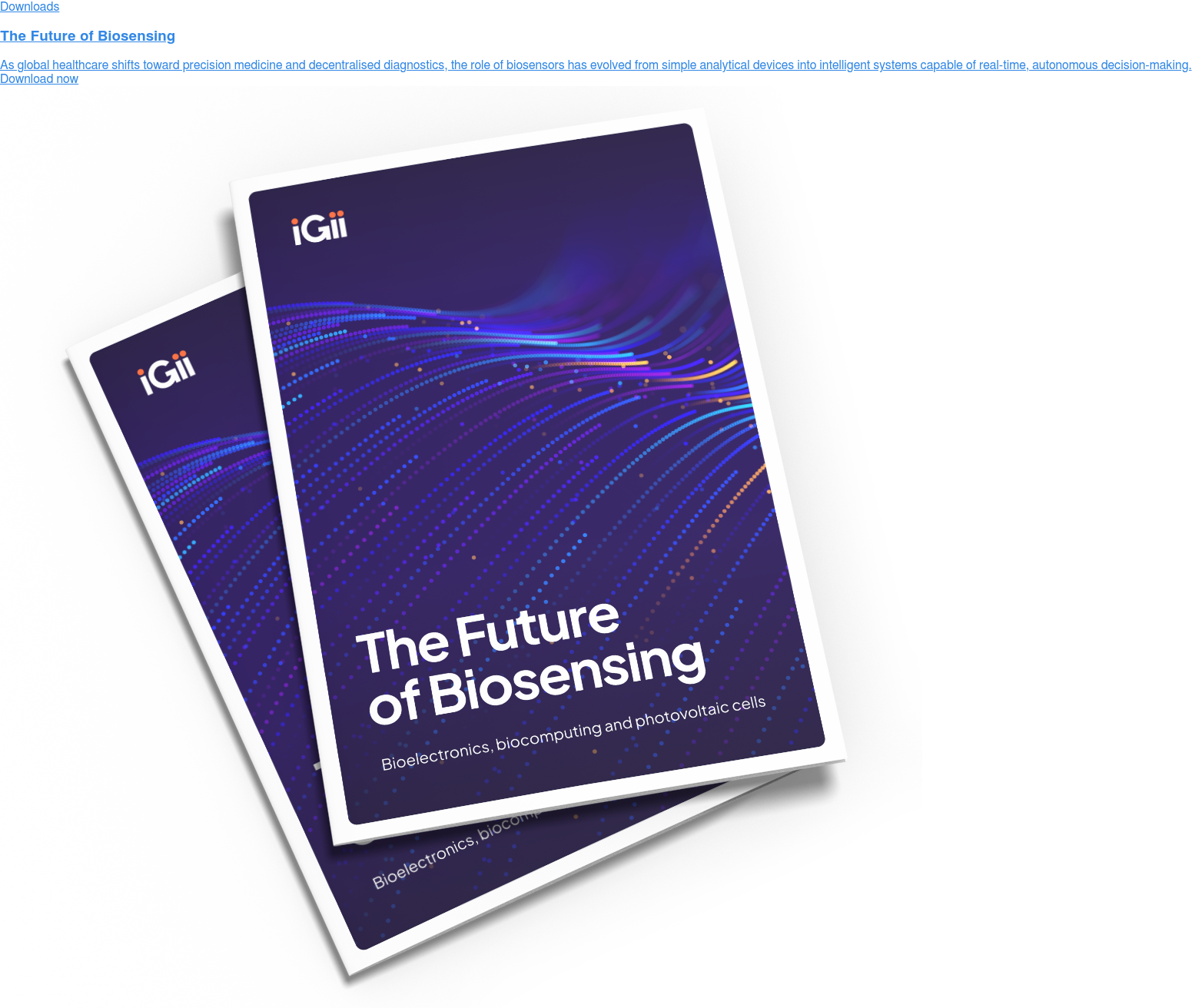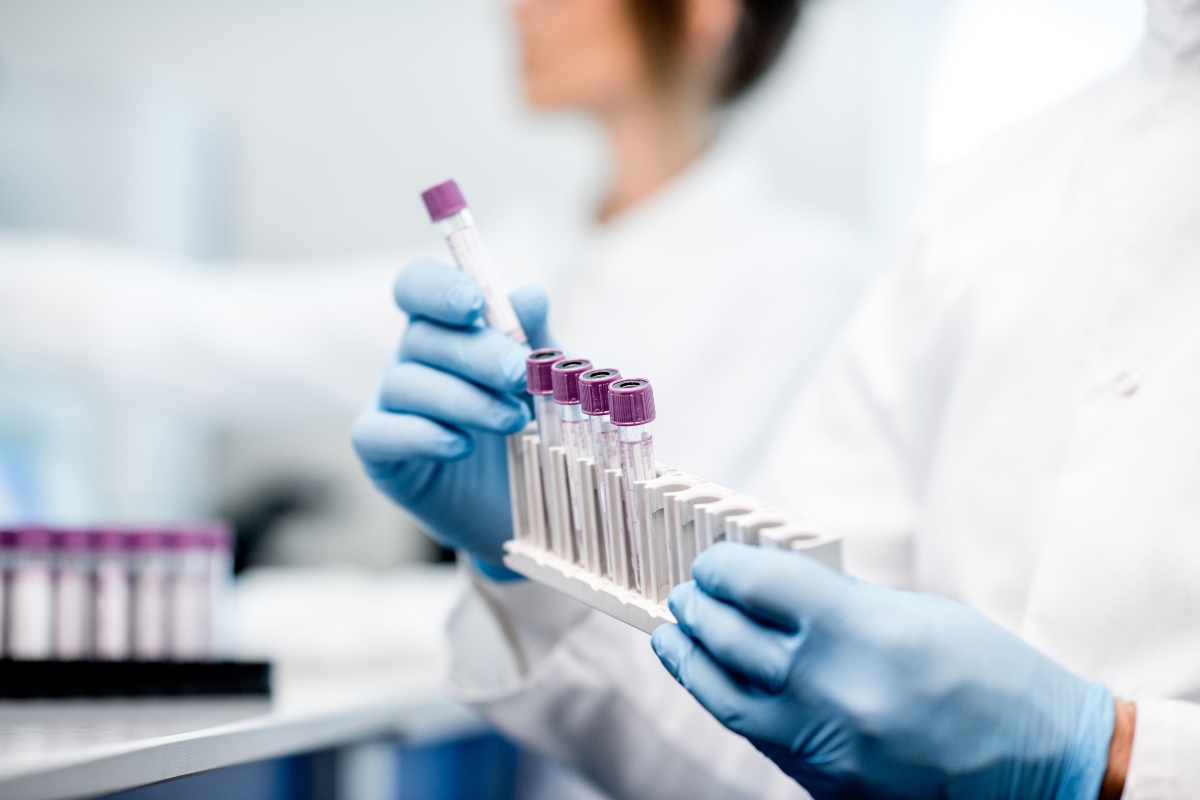 Sustainable alternatives to noble metal electrochemical transducers"
class="w-full h-full object-cover"
/>
Sustainable alternatives to noble metal electrochemical transducers"
class="w-full h-full object-cover"
/>
Sustainable alternatives to noble metal electrochemical transducers
Electrochemical biosensors are enabling a new generation of diagnostics which are portable, rapid and increasingly decentralised. But as demand grows for scalable, point-of-need technologies in health, food safety and environmental monitoring, a critical challenge is coming into sharper focus:
Are the materials powering these devices fit for a sustainable future?
For decades, noble metals like gold and platinum have been the backbone of electrochemical transducers. Their conductivity, surface chemistry and electrochemical stability made them an obvious choice for early biosensor designs. But with today’s pressure to reduce environmental impact and secure long-term supply chains, these materials are facing growing scrutiny.
The problem with noble metals
From a performance perspective, platinum and gold are exceptional conductors and electrochemical catalysts. However, their broader lifecycle characteristics raise several concerns.
Scarcity and geopolitical risk
Noble metals are rare. Their extraction is concentrated in a handful of regions, creating economic and political vulnerabilities. Platinum, for instance, is heavily reliant on South African supply chains. As demand for sensor technology scales, so does the risk.
Carbon emissions
Mining, refining and purifying these metals is resource-intensive. Gold extraction, in particular, often involves cyanide leaching and large volumes of tailings. Even when recycled, the processes are chemically and energetically demanding.
Cost volatility
Price fluctuations for platinum and gold create uncertainty in manufacturing and make cost control difficult at scale, especially in disposable formats.
Limited recyclability in sensors
Noble metals can be recovered from bulk applications, but reclaiming microgram quantities from dispersed, printed or embedded sensor platforms is rarely practical or economical. In most cases, they end up as electronic waste.
Carbon nanomaterials as a credible alternative
As the biosensing industry shifts toward disposable, low-power and widely distributed systems, the drawbacks of noble metals become untenable. We need transducer materials that match their performance without inheriting their environmental or economic liabilities.
Certain carbon nanomaterials are emerging as promising alternatives. With their high surface area, excellent conductivity and tunable surface chemistry, they can rival (and in some applications exceed) the electrochemical performance of traditional metals.
What makes them compelling from a sustainability standpoint?
- Abundance of feedstock: Carbon is not a scarce resource. Many forms of graphene can be derived from renewable, synthetic or even waste-based carbon sources.
- Metal-free options: Unlike composite materials that incorporate nanoparticles or dopants, certain carbon nanomaterials can function entirely without metals, making them suitable for applications demanding minimal resource intensity.
- Lower embodied energy (in optimised processes): Whilst not all carbon nanomaterials are created equal, several emerging production methods are demonstrating pathways to low-energy, solvent-free or electrochemical synthesis potentially with renewable electricity.
- Biocompatibility and antifouling properties: Novel carbon nanomaterials show biocompatibility and anti-fouling behaviour that make it suitable for clinical and environmental biosensing, reducing the need for heavy surface modification or passivation layers.
- Scalability and form factor flexibility: Carbon-based electrodes can be produced on flexible substrates, 3D-printed, or integrated into low-cost disposable formats supporting innovation in decentralised and wearable diagnostics.
Designing for performance and sustainability
The push toward sustainable biosensing is more nuanced than replacing one material with another. It requires rethinking how performance, cost and lifecycle impact interact. To credibly replace noble metals, next-generation transducer materials must offer:
- High electrochemical sensitivity and stability
- Scalable, low-cost production
- Minimal environmental burden (inputs, processing, and end-of-life)
- Reliable integration with biorecognition elements (e.g., enzymes, antibodies, aptamers)
Carbon nanomaterials are increasingly meeting those criteria. A growing body of research has demonstrated their compatibility with label-free detection, multiplexed assays and integration into microfluidic or wearable platforms. They also offer the design flexibility needed for emerging applications where rigid metal-based electrodes may fall short.
The new standard of electrochemical transducer is here
As sustainability becomes central to biosensing, continuing to build them with gold and platinum risks more than high cost. It risks obsolescence. In a world demanding low-carbon, scalable and circular solutions, biosensors must evolve beyond resource-intensive legacy materials.
That evolution is already underway. Carbon nanomaterials are proving they can rival noble metals on performance and dramatically improve affordability and environmental impact. But among them, Gii stands apart. Engineered from the ground up for sustainable biosensing, Gii is a pure, 3D carbon nanomaterial that delivers high electrochemical sensitivity, industrial reproducibility, and zero reliance on critical metals. This is all without toxic processing, chemical waste or batch inconsistency.
Gii is redefining what a transducer can be. For biosensing companies looking to lead on both innovation and sustainability, the message is clear: it’s time to drop the gold and go with Gii. Download our guide below to find out why it's paving the way for the future of biosensing.

.jpg)

